60A service entrance repair
Got a cabin out in the middle of nowhere. No inspections necessary, but I still want things done reasonably to code. It has 60 amp service. A 2-pole disconnect with two screw-in fuses mounted outdoors. All rusted badly. Inside is the usual mess you don’t want to touch with gloves. I’ll replace all that. No problem there. EMT conduit to avoid rodent problems. Its very small. 2 rooms and no kitchen or bath. I want 4 circuits. 2 outlet, 2 lights. No well, heat, stove or anything like that.
Phase one. Replace all interior wiring. Run it to the existing disconnect. Drive a pair of ground rods and run the ground. I can do all that.
Phase two. Remove load wires from existing disconnect. Mount new main panel. Run new entrance wire to the meter. Call the power company and have them connect the new entrance wire.
Questions: Can I run to the meter in conduit? Existing feed has physical damage from trees, animals, something. About a 10 foot exposed run from meter to disconnect. Metal or plastic? What do I use for a disconnect? Box is totally exposed. I can make an enclosure around it but would still like something weather tight. Does this sound reasonable or really stupid?
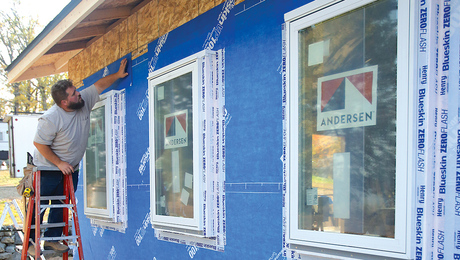
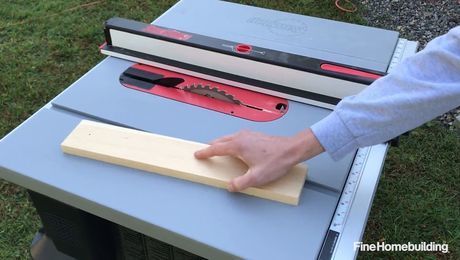
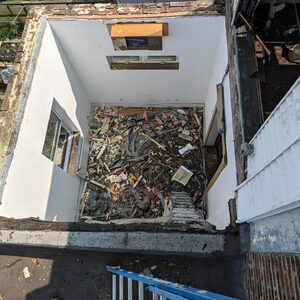
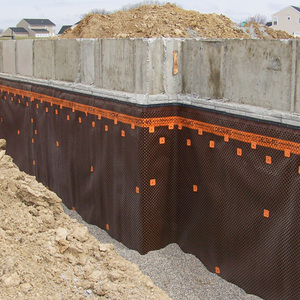

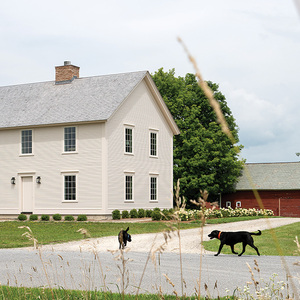

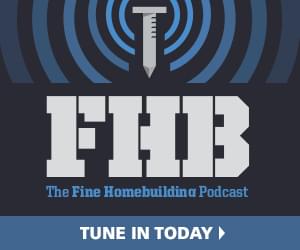


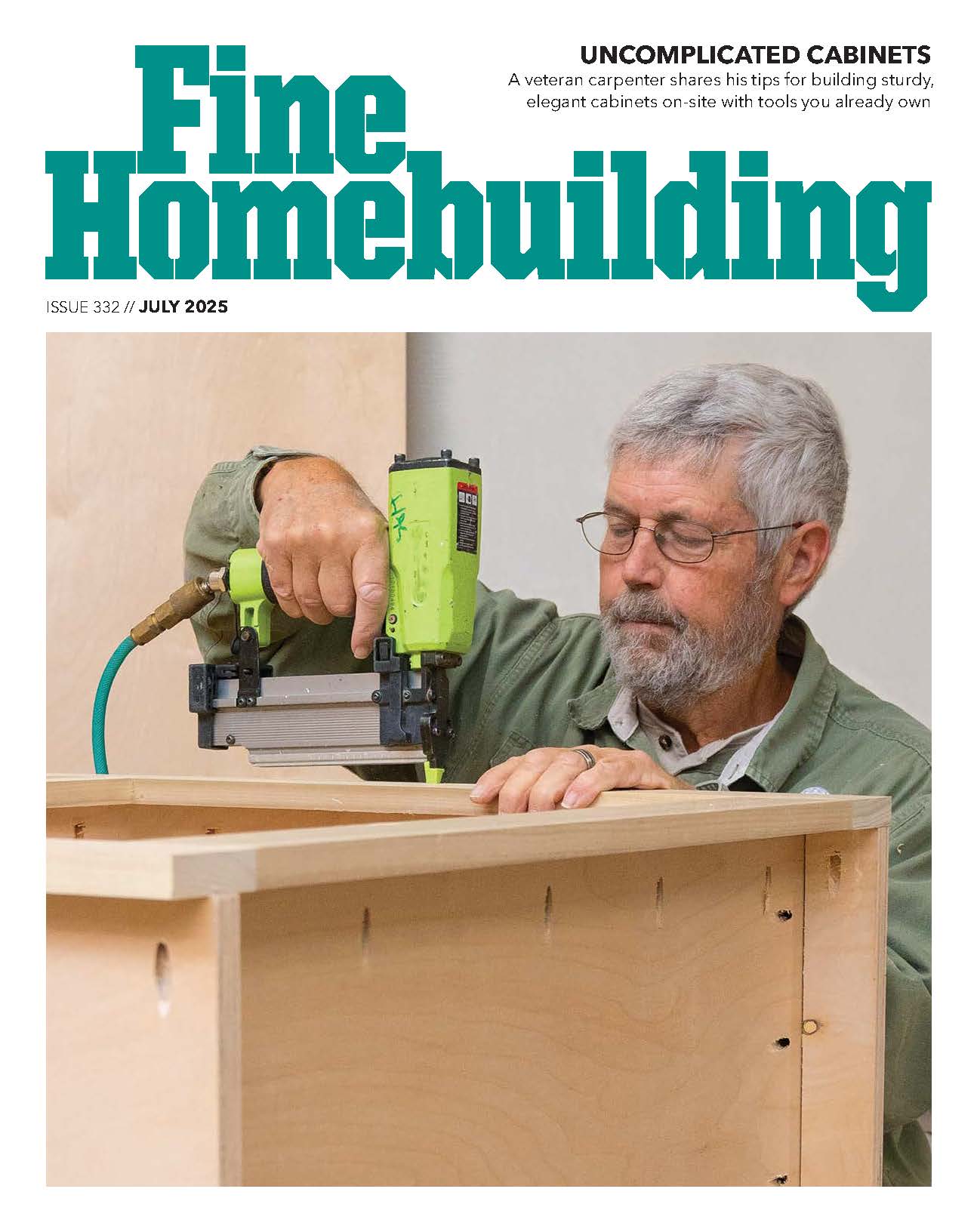








Replies
The first thing is that I would check with the utility company.
They will have specs and standard that must be met before they will connect. And they vary by company and parts of the company.
The code requires a minimum of 100 amp service for "residential" now days. And I don't know what all they have available, but I suspect that 100 amp service is the smallest that they have meters for. So I would plan on that.
You do not need a disconnect at the meter, it can be "near" where the service first comes inside the building. However, some locals do require disconnects at the meter. They are basically a single breaker pannel and you can get units that combine the meter case with the disconnect.
If you use a disconnect that the meter then that becomes the "main pannel" where the neutral is bonded to the grounding electrode system. And then the "main pannel" becomes a sub-pannel with isolated neutral and ground bus bars.
EMT, metallic, intermidate metallic, or PVC conduit can be used between the meter and the pannel.
Could you answer these questions? It'll help to visualize what you're doing.
Where is the utility meter? Is it on the outside of the building, or on a nearby pole?
Is the service to the building overhead, or underground?
It sounds like your main fused disconnect is on the outside of the building, is the panel there as well, or is it inside?
At least around here, generally the panelboard is inside the house and includes a main breaker so you don't need a separate disconnect. Some electric utilities require a disconnect on the outside so you have to check that, but the more you have inside the better for resistance to the weather.
If you're not changing out the meter socket, the utility may well leave the service at 60 amps. If you get a new meter socket and have the utility bring in a new line from their end, the smallest new service they'll supply these days is most likely 100 amps; you can still have a 60 amp panel and main disconnect in the house if you so desire but you may as well go for 100 amps, it'll cost about the same.
The meter is on the corner of the building with overhead wires to the pole. About a 10 foot exposed run to the disconnect. The meter and socket are pretty new. An LCD model. Looks like a 100 amp socket to me. The drop from the pole is in good condition. The service entrance wire is 1/0 SER but the sheath is damaged. Should be replaced. Everything else dates to maybe 1930. The utilility here does not require a separate disconnect. It is very uncommon around here to see the main panel outdoors, but I'd rather keep things similar to what they are if that's possible. The utility must have thought things looked good enough to connect.
The fused disconnect IS the main panel. Two circuits, one on each leg. Has one 20 and one 30 in it. No panel or anything inside. A half dozen assorted pieces of old rusty ungrounded BX and cotton connect to the load side. Bare wires everywhere inside. Only one outlet for the whole cabin inside. That will all go away. It is classified as an out-building not a living space. Doesn't need outlets every 6 feet, etc. Just need 2 in the big room and one in the small room. Could actually get by with 2 circuits, but would rather do 4.
Have not talked to the utility yet. Do I need to put a 100A panel on 100A service? Certainly doesn't need it. A 40A sub is more than adequate but I don't know if I can use that as a main. The disconnect is about 6 inches from the front door. A regular 100A panel would look really big and ugly there.
Okay, I get it. Not much there now, is there?
Here's a link to the Square D residential panel website.
http://ecatalog.squared.com/pubs/Electrical%20Distribution/Load%20Centers/Homeline%20Single%20Phase%20Load%20Centers/1100HO9901.pdf
Look down the page for the model #Q014-8L125GRB, I think it's the sort of thing you're looking for. It's a small weatherproof panel, about 9 inches wide by 15 inches tall by 5 inches deep, with slots for a main breaker and four to eight branch circuits. The price listed there is just for the panel, you still have to add the breakers and a ground bar kit.
Square D is just one brand, you can get similar stuff from Siemens, GE and others. Just make sure whatever you get is rated for service entrance use.
As far as the size of the main breaker goes, if the service from the utility is 100 amps you can certainly have a main breaker smaller than 100 amps if you like, you just can't put in a main breaker larger than 100 amps.
Also, I'd run the cable from the meter to the panel in a conduit, it will be a lot neater and more durable.
Edited 8/27/2004 7:02 pm ET by Stuart
Edited 8/27/2004 7:05 pm ET by Stuart
Sounds like a 6 circuit NEMA 3R panel would do fine.I'd avoid metal conduit from the meter to the panel though,use PVC instead.Before you hit your first overcurrent protection all of the metal portions of the service equipment have to be bonded together,and the code says "Standard locknuts or bushings shall not be the sole means for the bonding required by this section"(250.92B).If you use weathertight EMT connectors or even galvanized rigid conduit you have to use bond bushings because the locknuts,even if driven tight with a hammer and chisel,aren't supposed to be able to handle unfused fault current.It's one of the PITA sections of the code I don't agree with.A metal service mast usually terminates into a threaded hub,and "...threaded bosses on enclosures where made up wrenchtight..."are OK.When you start nippling from the metering equipment downstream in metal it's a lot harder to do correctly.
Edited 8/27/2004 9:43 pm ET by IBEW Barry
I remember now. Tried to use metal once before. I couldn't figure it out and the inspector didn't know either, so it got changed to plastic. Since this is exposed, the protection of metal would be nice but I'll do plastic. This setup doesn't have a metal mast. Just some very old tarred cotton copper. But, that's up to the utility. If they installed a new meter on it, I guess they think its OK. Meter socket and meter were replaced maybe 5 years ago. Nobody was told about it. It just changed one day. I'll go to my distributor and see what they have for disconnects.
Never saw a "Barry " post I'd take some exception to before, but "avoid metal conduit from the meter to the panel though, use PVC instead" in light of your comment on rodent damage would lead me to use metal.
Have seen squirrels, pack rats, and mice eat thru PVC for no apparent reason (at least not to me, although I've been refered to as squirrely and a pack rat more than a few times) which is why I'd go with metal. I've a 4x4 truck I leave at my cabin, and absolutely need to leave the hood up otherwise all the ignition wires and other wires get eaten thru by the squirrels. If all the PVC is in open air, maybe OK, if any runs thru any nook anyplace the critters could nest, go with metal.
Junkhound,
I like metal pipe too,and galvanized rigid conduit is like the gold standard for installations,but still,I avoid it like the plague ahead of the overcurrent protection.If you have an electrical inspector following the NEC on service inspections,you really have to watch what materials you use.Like I said before standard locknuts are unacceptable.You either have to use threaded hubs or bond bushings,and the way that services are inspected here,the grounding conductor going to the bushings has to be able to carry any fault current the phase conductors can deliver.I of course learned this the hard way.
Some time ago I did a 1200 amp service on a football stadium using 3 sets of 4" w/600 MCM's.It was really tight quarters where the utility's CT cabinet and the main distribution panel had to go,no room for back to back 4" PVC connectors,so I used rigid all thread nipples between the cabinets.The inspector wouldn't accept it unless I used bond bushings on one side of each of the three nipples,with 600MCM going in between them.Man it sucked.And it was BS too because every bond bushing that size has a 10-24 hole for the lug to attach to the bushing.So which has more ampacity,a copper 600 MCM or a steel #10 machine screw?It's the same thing with the threaded hub that comes with meter bases.You can screw a 2-4"rigid conduit or an EMT connector into it but the fault path connection is still dependant on 4 #10 screws.But that's what is UL approved blah,blah,blah....I even went to the electrician's toolbox website and asked the engineers and inspectors there what they thought and they all agreed that that's what the NEC requires.The moderator said some inspectors allow "grounding wedges" on the locknuts but I've never seen one.
So anyway,this guy's cabin service wouldn't be that expensive to put together with Myer's hubs or to use bond bushings,if he ever thought an inspection was likely.
Barry
I'd rather use metal, but you can never get a straight answer from the inspectors here. They will not give "advice" for liability reasons. They only look and say accept or reject. This doesn't need inspection, but I could get it if I wanted it. Right now the cable from meter to disconnect runs where you can easily touch it. Only a couple feet off the ground. If I can reroute it out of reach, plastic conduit would be OK. If it has to stay exposed like that, I'll do metal.
There's no ground now. When I add the ground, does it need to run through the meter socket? I've only ever done service where the meter was directly opposite the panel. Then the ground goes through the socket and into the panel along with the feed. If I can just run the ground into the disconnect rather than into the meter base it would be simpler.
Bob,
Inspectors are probably different with homeowners who may or may not know what they're doing, than they are with the tradesmen whose work they regularly inspect.I know it's frustrating when they clip you and won't tell you why.I used to have to deal with an elevator inspector that was like that.
I usually work on large commercial jobs with 400-2000 amp services,so there are people here better suited for answering residential service questions.That said,my advice would be if you have a metal water pipe and/or two ground rods,terminate them in the first disconnecting means with the neutral (the grounded conductor).If you use PVC from the meter,you're going to have to run an equipment grounding conductor back to the meter to bond the enclosure.If you use metal conduit with threaded hubs you're OK.If you use regular locknuts you would have to use bond bushings also.That's the way it works where I live.
Barry